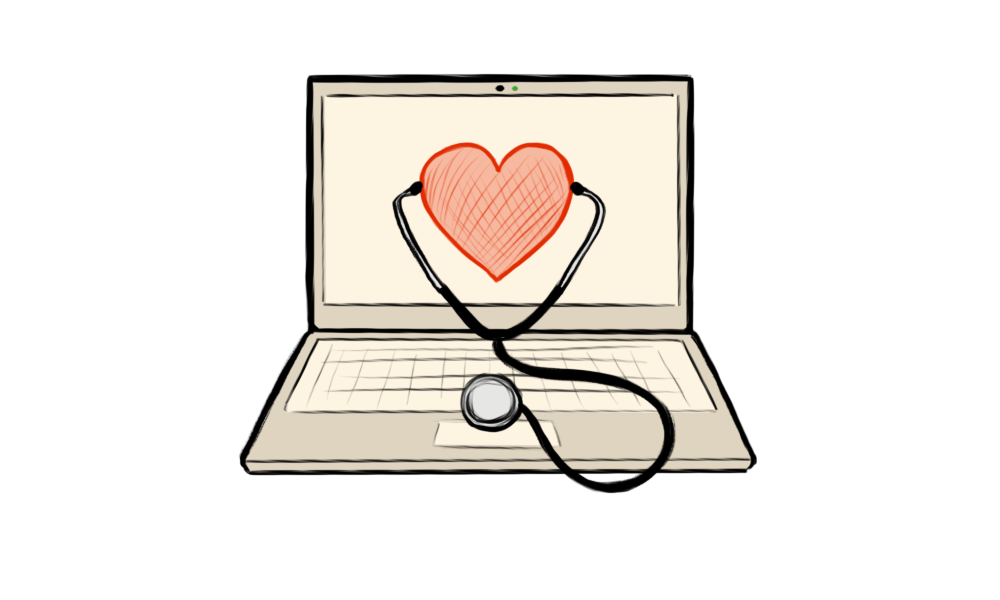The COVID-19 pandemic has transformed the economy, society, and healthcare system. While this crisis has presented the healthcare delivery system with unprecedented challenges, it has catalyzed the rapid adoption of telemedicine—remote clinical services.
Telemedicine allows patients to chat with healthcare professionals about their physical and mental health or receive a diagnosis via video or phone consultations. Although it has the potential to improve healthcare access and quality, its use may present unique challenges for older adults.
In a recently published paper, Dr. Vladimir Khanassov, assistant professor in McGill’s Department of Family Medicine and Director of the Care of the Elderly Training Program, and his team investigated potential advantages and barriers to telemedicine use in primary care for older adults. They also proposed recommendations to improve older adults’ experiences with telemedicine.
“Unlike younger generations, it is often difficult for older adults to use technology, so my objective was to identify the barriers for the elderly patients to access telemedicine for issues that would sometimes require hours of wait in the emergency room, but when they have access to telemedicine, their problems should be solved in five to ten minutes,” Khanassov said in an interview with The Tribune.
Khanassov’s team found that most older adults preferred phone calls over video sessions for ease of use. Nonetheless, telephone consultations have several disadvantages.
Telephone consultations are restricted to verbal communication, meaning the physicians cannot observe the patient’s body language, facial expressions, and environment. This lack of visual contact can cause essential details to be overlooked and potentially result in diagnostic errors.
However, telemedicine has certain limitations regardless of whether it is conducted over the phone or video.
“For example, it is difficult to treat abdominal pain in telemedicine because you have to touch the belly,” Khanassov said.
The study also highlighted miscommunication-related concerns due to language or hearing barriers.
“Language barrier is a significant challenge to telephone consultations because healthcare professionals cannot explain everything over the phone,” Khanassov said. “Elderly patients often have hearing problems, which make telephone consultations difficult. When they cannot fully understand questions, they cannot see the body language of the healthcare professional or make any visual contact.”
Furthermore, telephone consultations may be inconvenient for older adults with limited literacy or cognitive impairment, as they may struggle to effectively express their medical condition over the phone.
Older adults also often encounter technical challenges associated with video consultations, such as internet connection problems, difficulties in handling video devices, and video quality issues.
“When you do a video call, there is usually a privacy statement that patients need to accept. The elderly patients sometimes do not see the button that they have to click to accept, so they cannot access video consultations, and that would create an obstacle,” Khanassov said.
Despite these disadvantages, patients interviewed in the study expressed several advantages associated with telemedicine, including maintaining continuity of care, saving time, reducing exposure to potential high-risk environments, and improving the patient-physician relationship.
Not only does telemedicine benefit older patients, but it also helps improve the work efficiency of healthcare professionals.
“For nurses, telemedicine helps them to complete tasks more quickly. For example, they can assess the blood pressure over the phone because patients will take the blood pressure, write it down, and report it to the nurses who will then assess the numbers. This process would be more time-consuming if the consultation was in-person,” Khanassov said.
Khanassov also emphasized the importance of supporting older adults in navigating telemedicine platforms and highlighted future directions for telemedicine research.
“This study allows us to see that elderly patients appreciate telemedicine and would like to have access to telemedicine, so we just need to adjust the technology for them,” Khanassov said. “Based on the study, we most likely need to do more randomized, controlled trials to look at the difference in clinical outcomes of certain conditions for telemedicine versus in-person visits, such as the number of emergency visits and admissions.”






